Amid the reveal of the Nintendo Switch successor, the Switch 2, there has been an outcry from Nintendo fans, young and old, about the poor naming of the console.
To many, the Super Nintendo Switch, New Nintendo Switch, or other haphazard names have dominated the discussion boards and forums, and everyone bemoans the lack of creativity regarding the new system’s name. Yet despite all the stark cries and scarf waving, to me, Nintendo’s decision to name the Switch successor the Switch 2 makes perfect sense, even if it might sound a little dull.
There is a notion that Nintendo’s creativity that birthed the Wii and other revolutionary gaming products might be dead in the eyes of the consumer, with Nintendo choosing instead to double down on its hybrid console and just make a more powerful one. But you only need to look back at the past two decades of Nintendo’s history to see why it has chosen simplicity in its new naming conventions.
Nintendo’s branding failures highlight a need for simplicity
I want to take you all back to 2011. It’s a warm morning in Los Angeles, and media are congregating at the Los Angeles Convention Center for E3 2011. Nintendo is riding high off the massive success of the Nintendo Wii and is ready to dazzle the world with the reveal of its new console. At this point, it feels like the company can do nothing wrong. So when it came to Nintendo’s E3 2011 presentation, it was time to reveal what would come after the Wii and, more importantly, what the new console would be called.
Banking on the success of the branding, Nintendo decided to keep the Wii name and add a U at the end of it to give us the Wii U. From there, Nintendo’s golden road began to crumble.
I was working in a video game store when the Wii U was revealed, and the name is something I will always consider as one of its main downfalls. It brought a lot of confusion. Was this an add-on for the Wii? What are the differences? To avid gamers who followed the system, it was obvious what the Wii U was. But for the average consumer, it became a bit of a mess to market and explain what the Wii U was and what it provided.
The naming mess wasn’t exclusive to the Wii U either, with Nintendo trying something similar with its Nintendo 3DS range. Does anyone recall the New Nintendo 3DS XL and all subsequent names for the 3DS models like the 2DS? And what about the games that were exclusive to the New Nintendo 3DS systems? It created a mess of a name that ultimately left those adopters with only 15 exclusive New Nintendo 3DS titles—which didn’t really justify the need to upgrade.
What I’m trying to say here is simple. The console’s name can create confusion, and Nintendo has had over two decades to find a more intuitive approach. Calling the Switch successor the New Nintendo Switch isn’t going to help sell units. There’s no need to be fancy or unique when you can slap the number 2 at the end of the system’s name. That way, everyone will know it’s the new Switch, just like how the PlayStation 2 came after the original PlayStation.
We can argue that the Nintendo Switch 2 is a dull name, and we can bemoan that Nintendo will probably be sticking to this hybrid model now for years to come. But considering the Nintendo Switch’s over 150 million units sold worldwide and all the fanfare ahead of the new system release, it’s clear that the company has learned from its past naming failures and is setting itself up for a dominant future.
All it needs is a killer game lineup for players to make the jump. After all, backward compatibility already makes it a worthwhile purchase that sets itself up for success.
Read the full article here











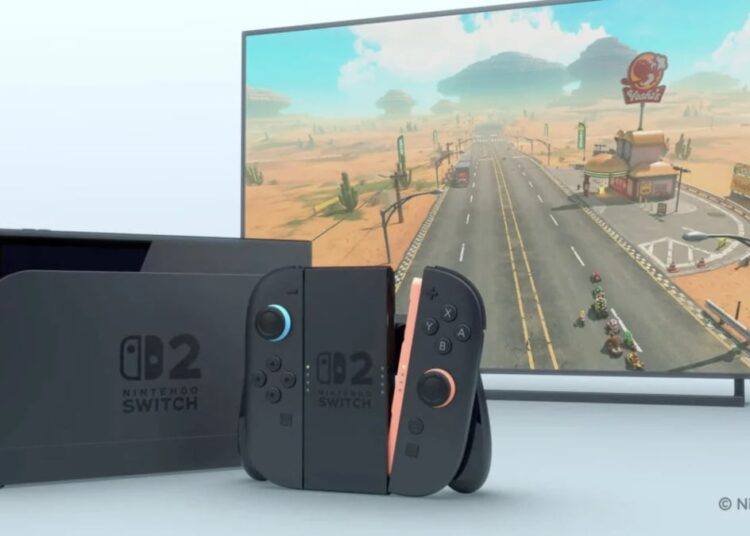
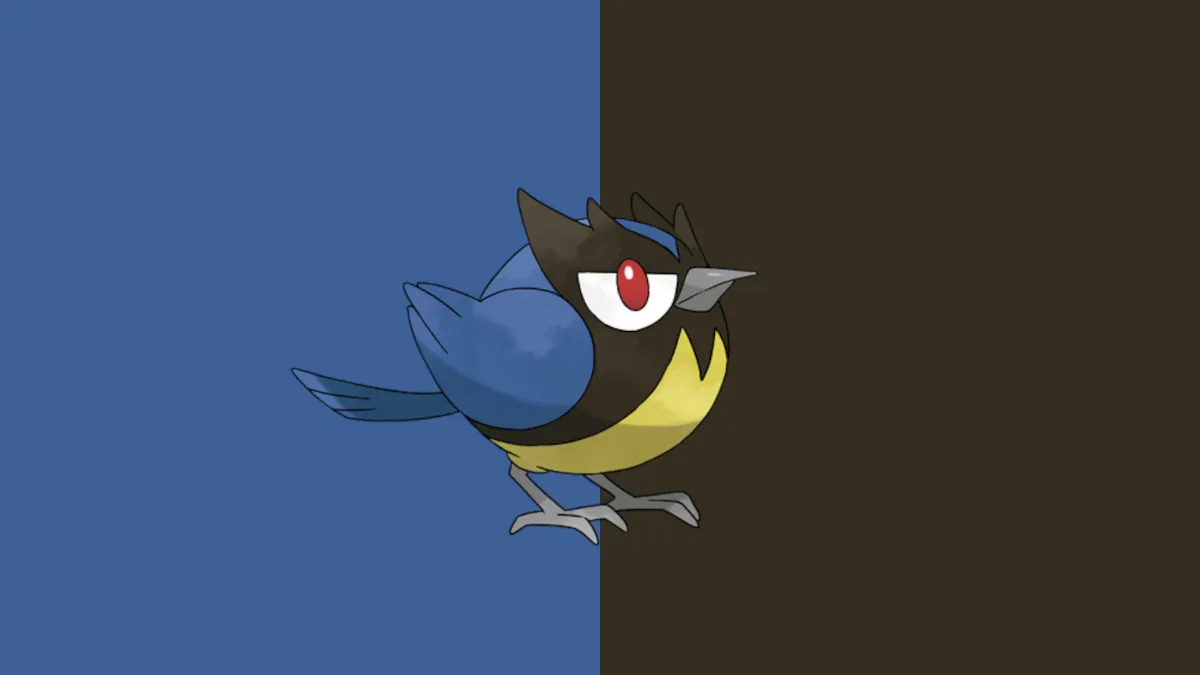



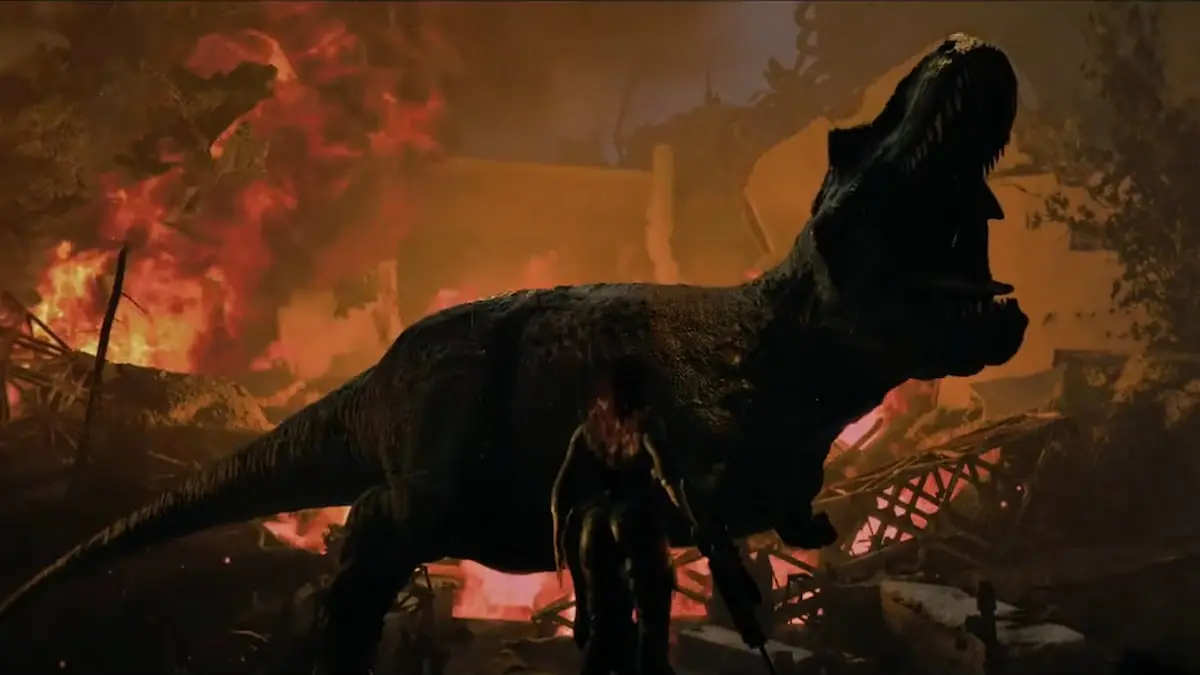

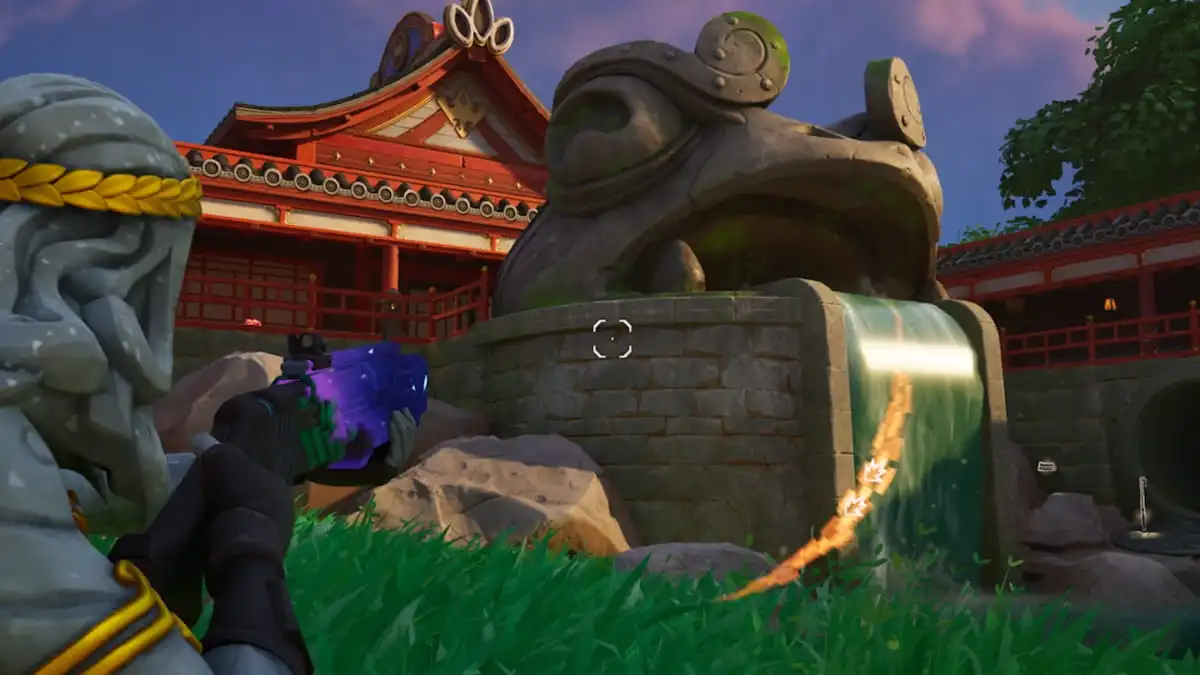
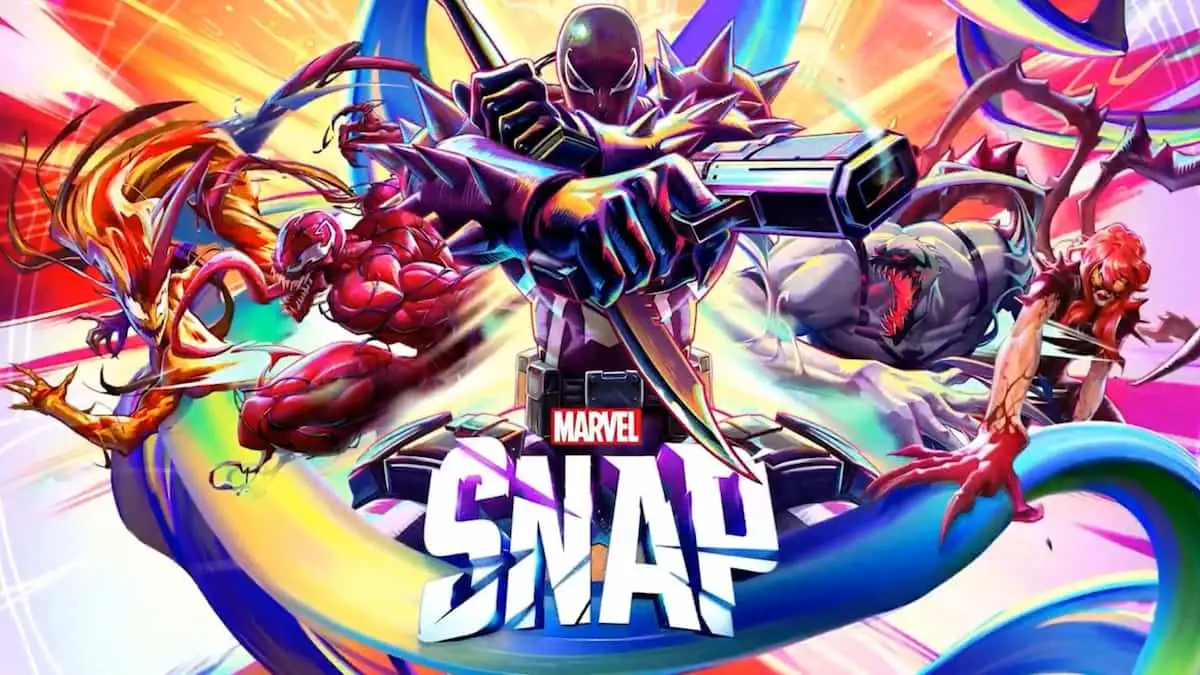






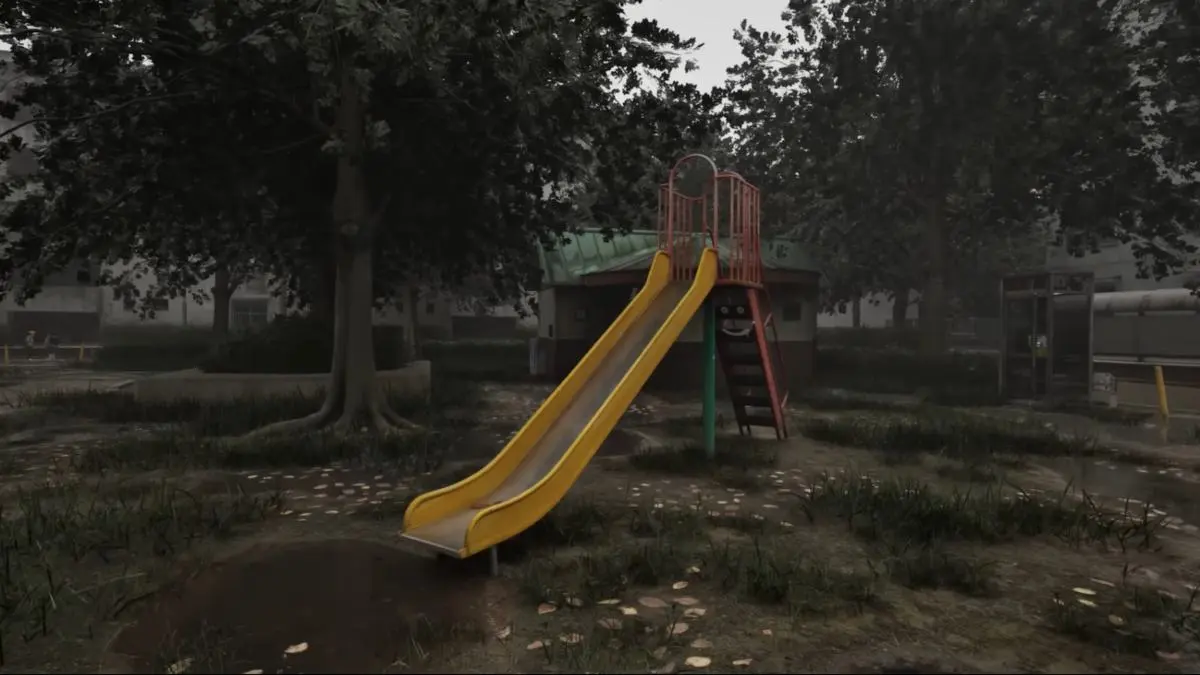
Discussion about this post